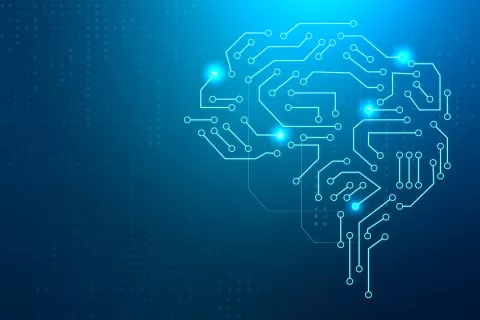
Innovations in medical devices have increased manifold in recent years. This acceleration can be especially attributed to the vast development in cloud computing and the Internet of Things (IoT). Similarly, Software as a Medical Device (SaMD) has seen an increase in demand and remains a major contributor to the overall growth of the device industry.
Within the healthcare field, SaMD is particularly a new category of software resource with a specialized role. According to the International Medical Device Regulators Forum (IMDRF), SaMD is defined as “software intended to be used for one or more medical purposes that perform these purposes without being part of a hardware medical device.”
All software development products, whether created by a small team or a large corporation, require technical documentation to keep all the stakeholders on the same page and make an otherwise overwhelming journey easier to navigate. Various documents are created and maintained throughout the software development lifecycle (SDLC).
The documentation enables development teams, testers, users, and everyone else involved in the project with some guidance and helps them achieve their goals. Designing and developing these documents is a complicated process that requires technical writing expertise.
Documentation for SaMD refers to user guides, operation manuals, IFUs, tutorials, and other material describing a software product’s development, functionality, and use. The documentation is categorized into:
- Product documentation: It describes the product being developed and provides instructions to perform various tasks. Product documentation generally includes requirements, tech specifications, business logic, and manuals. There are two (02) main types of product documentation:
- System documentation: It represents documents that describe the system and its parts. It includes a product requirement document, design document, architecture protocol, program source code, and FAQ.
- User documentation: It covers manuals that are mainly prepared for end-users of the product and system administrators. User documentation includes tutorials, user guides, troubleshooting manuals, installation guides, IFUs, and reference manuals.
- Process documentation: It represents all documents produced during development and maintenance that describe the process. Common examples of process-related documents are standard guides, project documentation such as project plans, test schedules, reports, meeting notes, and even the ones covering business correspondence.
The main difference between process, and product documentation is that the initial one records the development process and the latter describes the product being developed. While product documentation is intended for internal and external audiences, process documentation is mainly for the people developing the product.
Admittedly, creating documents for SaMD is tricky as the workflows vary for every company and every medical device. Without deep diving into the use of templates or any documentation tools, there are certain best practices that, if adhered to, can ease the process of creating documents for SaMD. Below we enlist some of the best practices:
- Understand the Purpose and Audience of the Document
- Jot Down Important Questions
- Outline Technical Documentation
- Gather the Required Information
- Write Documentation Drafts
- Leverage Good Documentation Visuals
- Perform Final Editing
There are no hidden secrets to a good documentation process for SaMD. It is achieved through comprehensive planning. It is not a one-person effort but requires close collaboration with the relevant stakeholders, software developers, and other parties directly or indirectly involved with the project. Adhering to best practices, addressing a list of pain points, and, most importantly, staying within the scope will help prepare excellent documentation for SaMD.
Contact a technical writing expert for more insights on SaMD documentation and best practices and get the User Guides drafted and documented.









